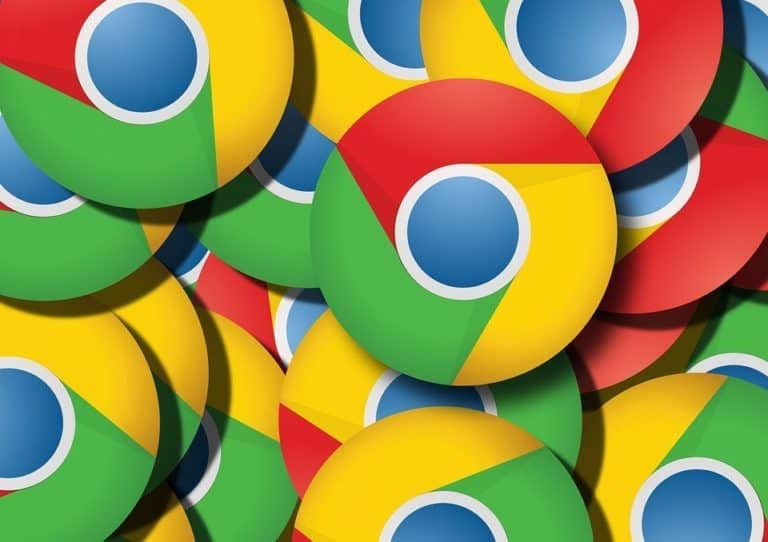Enhancements offer users a “productivity boost” during the pandemic, according to Google.
Last week Google introduced a slew of new features designed to help users get more out of the browser. Kayce Hawkins, Google’s Product Manager for Chrome, detailed the new features in a blog post.
“Yesterday, I read a long article with an interesting data point I wanted to share with a colleague,” she writes. “Instead of copying the link from the address bar, I used Chrome’s new “link to highlight” feature by highlighting the text I want to share, right-clicking, choosing “Copy link to highlight” and then sending the link. When my coworker opened the link, he saw the exact section of text I wanted him to see 🙌. This feature is rolling out now to desktop and Android and is coming soon for iOS.”
New PDF features
Users can also take advantage of the new sidebar to browse the thumbnails and quickly jump to the specific page they want to check. There is also a new presentation mode, removing the on-screen distractions (toolbars, address bar, tabs), so your presentation will be focused, she explains.
Google added more features to make working with PDFs better: document properties, two-page view and an updated top toolbar, which puts the most important PDF actions (zoom, jump to page, save, print and more) within a single click. These features are rolling out now, according to Hawkins.
Performance enhancements
Recent performance improvements have decreased Chrome CPU usage, which often means more battery life, less fan noise and less heat. Chrome now reclaims up to 100MB per tab, which is more than 20% on some popular sites, Hawkins claims.
For Mac, Google claims up to 65% improvement in Energy Impact when active tabs are prioritized over tabs you aren’t using. This means up to 35% reduction in CPU usage and up to 1.25 more hours of battery life, they say.
Google plans to launch tab freezing for collapsed groups in the near future. This means when groups are collapsed (and tabs are hidden), the tabs inside use less memory and CPU, making your computer quicker.
For more detailed explanations of Chrome’s performance enhancements, Hawkins recommends users read The Fast and the Curious, on the Chromium blog.
